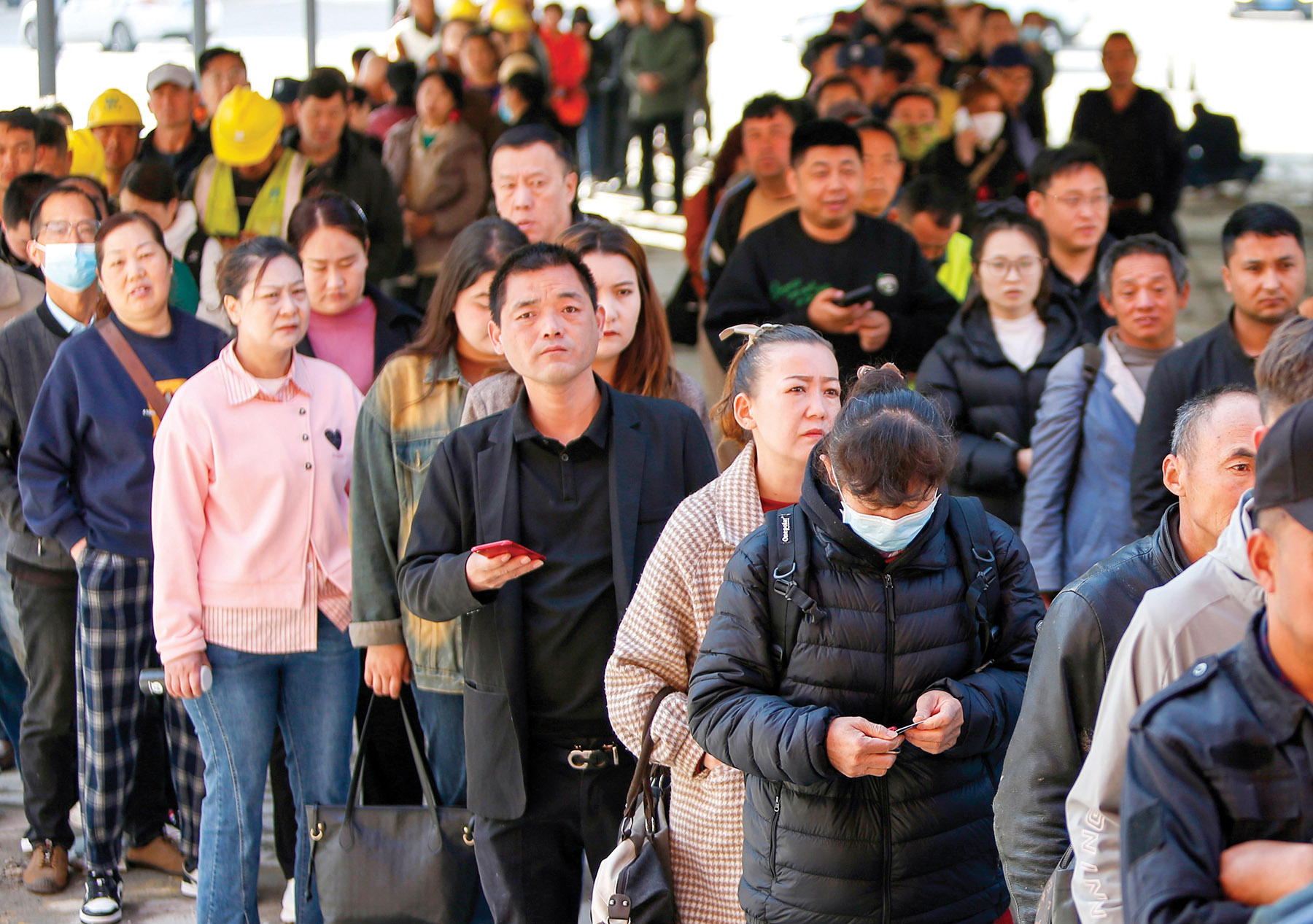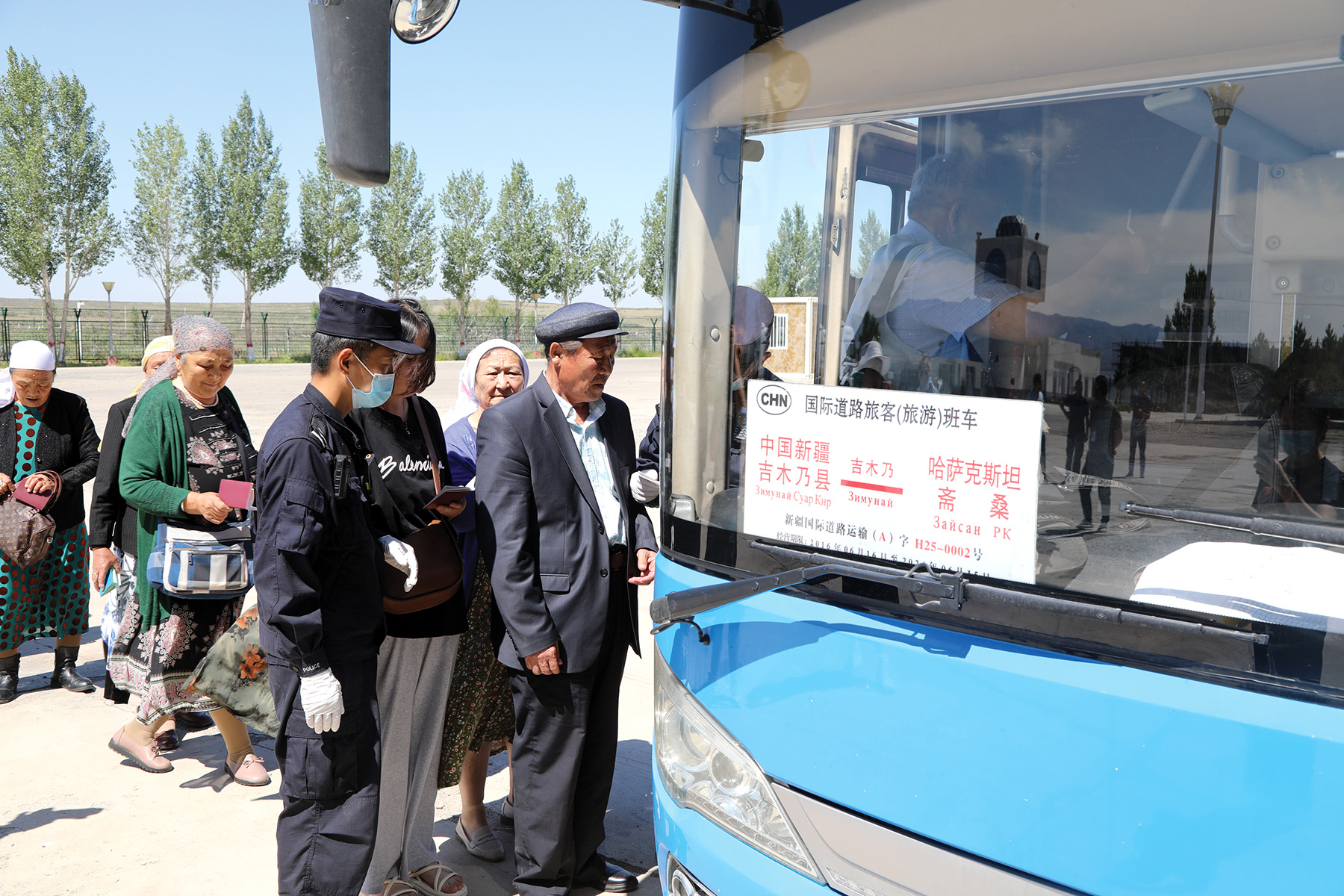Xinjiang border crossings, visa-free policy help Central Asian neighbor

Traveling to Kazakhstan through land ports in the Xinjiang Uygur autonomous region has gained increasing popularity among Chinese tourists because of the cheap costs and convenient transport. Meanwhile, the regional government and companies are developing more travel products to meet tourists’ needs.
Although Kazakhstan is not among the top 10 overseas destinations for Chinese tourists, its popularity is increasing thanks to a visa-waiver policy launched last November. Amid enhanced bilateral friendship, the two countries have encouraged more frequent people-to-people exchanges.
Kairat Sadvakassov, chairman of the Kazakh Tourism National Company, said at a conference in Urumqi, the regional capital of Xinjiang, in May that about 500,000 Chinese tourists visited Kazakhstan last year, most of whom were from Xinjiang. The number will keep growing and help bring people closer, opening more opportunities for trade cooperation, he said.
From January to May, Alashankou — one of Xinjiang’s five land ports connecting with Kazakhstan — received 347,300 tourist visits, with tourism consumption reaching 150 million yuan ($20.67 million).
Da Jilin, director of Alashankou’s culture, sports, television, and tourism bureau, said most outbound tourists — mainly from top cities such as Beijing, Shanghai and Guangzhou — are increasingly interested in exploring niche countries and experiencing exotic cultures.
“Kazakhstan features cathedrals, mosques, and European-style buildings. There are rich cultural resources, traditional ethnic music, and handmade embroidery that appeal to tourists. Furthermore, Lake Alakol offers shooting and hunting grounds, which attract young people looking for the excitement of using real firearms,” Da said.
The unique mud baths at the lake, which is adjacent to Xinjiang, are a significant attraction and are said to have therapeutic effects, he noted.

Bi Shengping was one among 19 tourists from Dexing, Jiangxi province, who joined a 15-day tour of Xinjiang and Kazakhstan in mid-June. They first visited Sayram Lake in the Bortala Mongolian autonomous prefecture in Xinjiang, left China through Alashankou to Kazakhstan for Lake Alakol, and returned to visit the Kanas scenic area in Altay, Xinjiang.
“The exotic scenery is incredibly natural, with the beautiful Lake Alakol and the surrounding environment blending harmoniously. The local people are very warm and hospitable,” Bi said.
“The staff of a local museum explained the local customs, cultural development, and history to us. The museum director played music, sang folk songs, and we were deeply moved. We tasted local delicacies and learned local dances, which brought us great joy and happiness.”
Liu Jiying, who is in charge of the Dexing branch of the Chinese online travel agency Ctrip, which organized the tour, said it is a newly introduced travel product.
“Currently, the number of inquiries is not very high. We will deepen cooperation with Kazakhstan to explore appealing products,” Liu said.
Alashankou has cross-border buses to Kazakhstan from Monday to Saturday, with a ticket price of about 100 yuan per person. It takes about two hours to travel to Lake Alakol.
The city also launched different travel packages for one-day, three-day, four-day, and seven-day tours. It plans to increase the routes and frequency of international buses, hire more bilingual tour guides, and develop more travel products to promote tourism, said Da, the bureau director.
The city also organized a China-Kazakhstan culinary competition, ethnic music exchanges, and youth boxing exchange events.
Benefiting from the Belt and Road Initiative, and 2024 being designated as the Year of Kazakhstan Tourism in China, nongovernmental exchanges have been enhanced.
Zheng Jinyuan, deputy director of the inspection department of Jeminay Customs, said that at Jeminay land port in Altay, the number of inbound and outbound travelers increased from 150 to 230 daily after the visa-free policy was introduced.
It takes about one hour to reach Zaysan county in Kazakhstan. Travelers can take the international buses or drive across the border.
“Compared with airplanes, the bus ticket only costs 100 yuan per person. Besides, they can view the scenery from the window,” Zheng said.
At the Horgos International Border Cooperation Center on the China-Kazakhstan border in Horgos, Ili Kazak autonomous prefecture of Xinjiang, the number of visits grew 148 percent year-on-year to reach more than 2 million from January to May, data from local authorities showed.
Contact the writers at chenmeiling@chinadaily.com.cn


